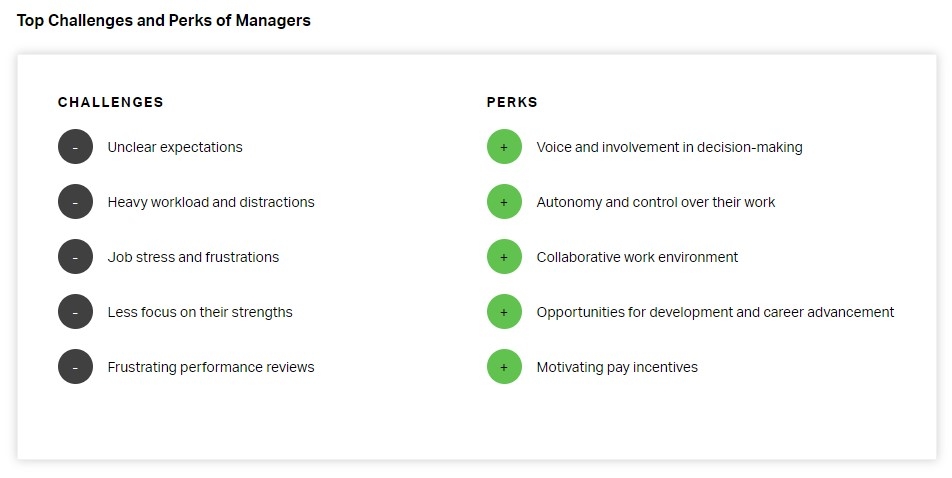It’s a popular word lately, B-U-R-N-O-U-T. Burnout is not just about feeling tired after a long week. It’s a severe and real issue affecting people's long-term wellbeing, and ability to perform effectively.
The pandemic has exacerbated the crisis where the lines between work and home have become increasingly blurred. Many workers are now looking to leave their current employment due to inadequate mental and physical wellbeing support.
Here are our top 3 tips to combat burnout in the workplace:
1. Equip your managers to prevent burnout.
Ultimately, managers greatly influence how employees feel about their job. Ensure you educate your Managers on what causes burnout and allow them the time to listen well and provide management support to their team.
And remember, Managers suffer from burnout too, check in regularly to ensure your Managers feel fully supported and have what they need to manage their work, stress and people.

What can Managers do?
- Listen to work-related problems. Listening may seem like an obvious solution, and many managers may feel as though they are doing well in this area. Yet, too few managers make frequent employee check-ins and ongoing conversations a high priority. Encourage teamwork and shared accountability. When people work together and support one another, the workload gets lighter and challenges seem smaller.
- Make everyone’s opinion count. When employees believe their opinions are welcome and make a difference, they feel important and included, and they begin taking more responsibility for their performance.
- Make work purposeful. Reinforcing how an employees work changes their organization, industry or world is especially important for preventing or reducing burnout among millennials, who particularly crave purpose-driven, mission-oriented work.
- Focus on an employees strengths. When people have the opportunity to tap into their strengths, they are more engaged, more effective, less stressed and more focused on doing their best work
2. Does your employee experience reduce burnout?
The employee experience encompasses the entire journey an employee takes within your organization. From their application of employment to their last day. Take a look at this journey and ensure it includes engagement, performance and development processes.

3. Provide autonomy and flexibility as much as possible
Employees are 43% less likely to experience high levels of burnout when they have a choice in what tasks to do, when to do them and how much time to spend on them. Reduce micromanagement at work by providing as much job autonomy and flexibility as possible.
This may mean offering work-from-home options, flexible start/end times to their day, or it could be as simple as offering a choice on when certain tasks are achieved throughout the day.
If you’d like help with any of the tips listed above please get in touch with us.